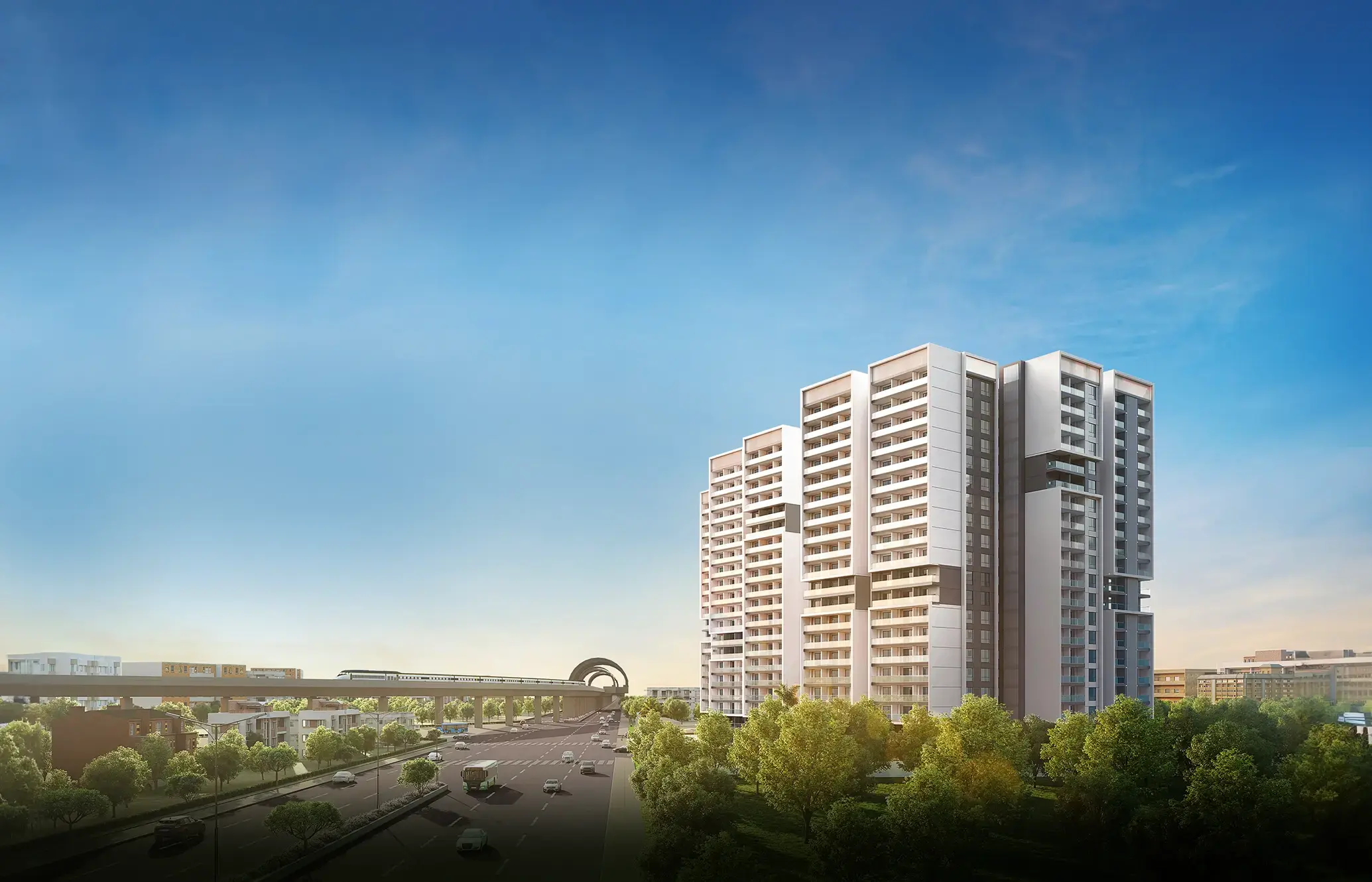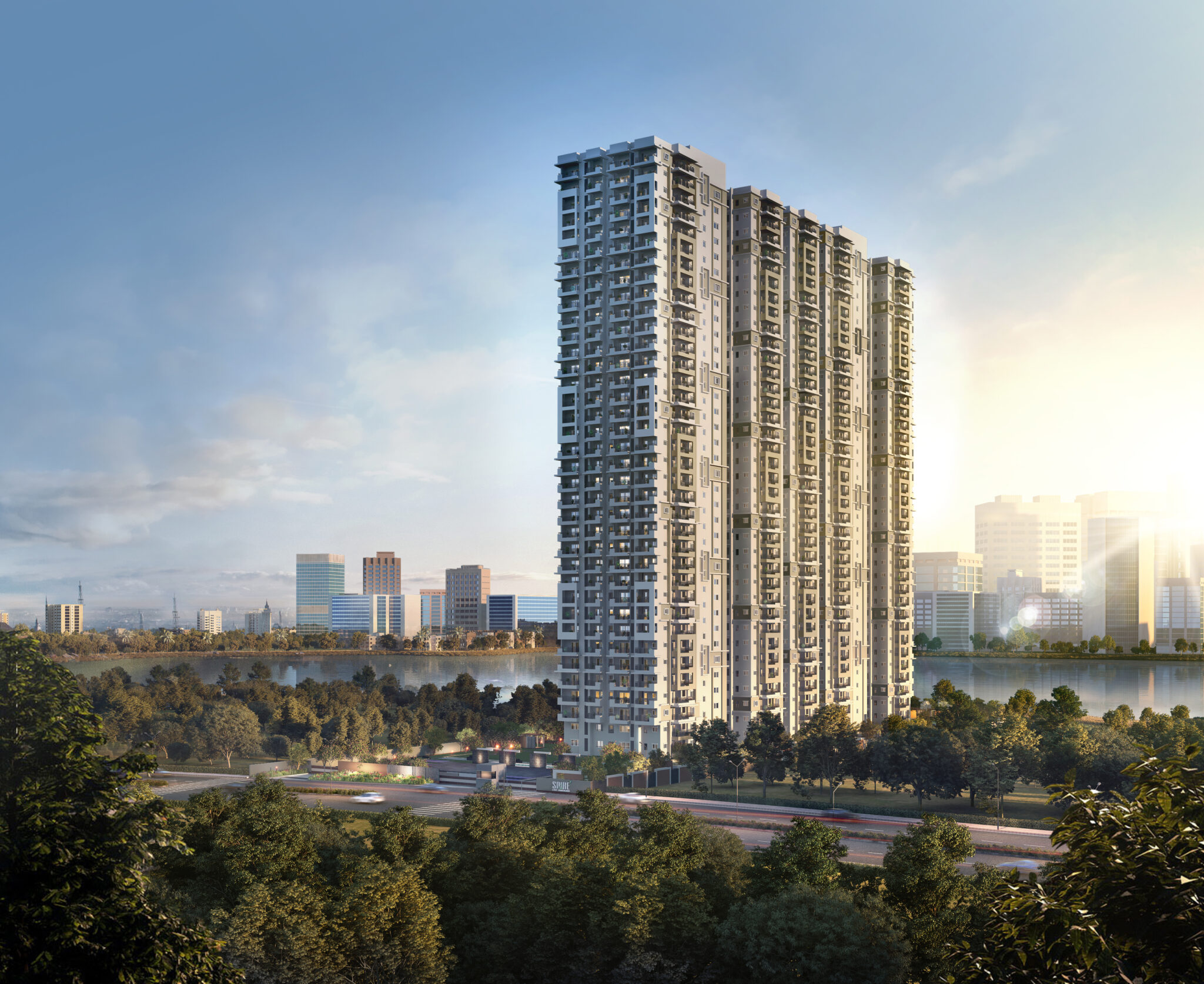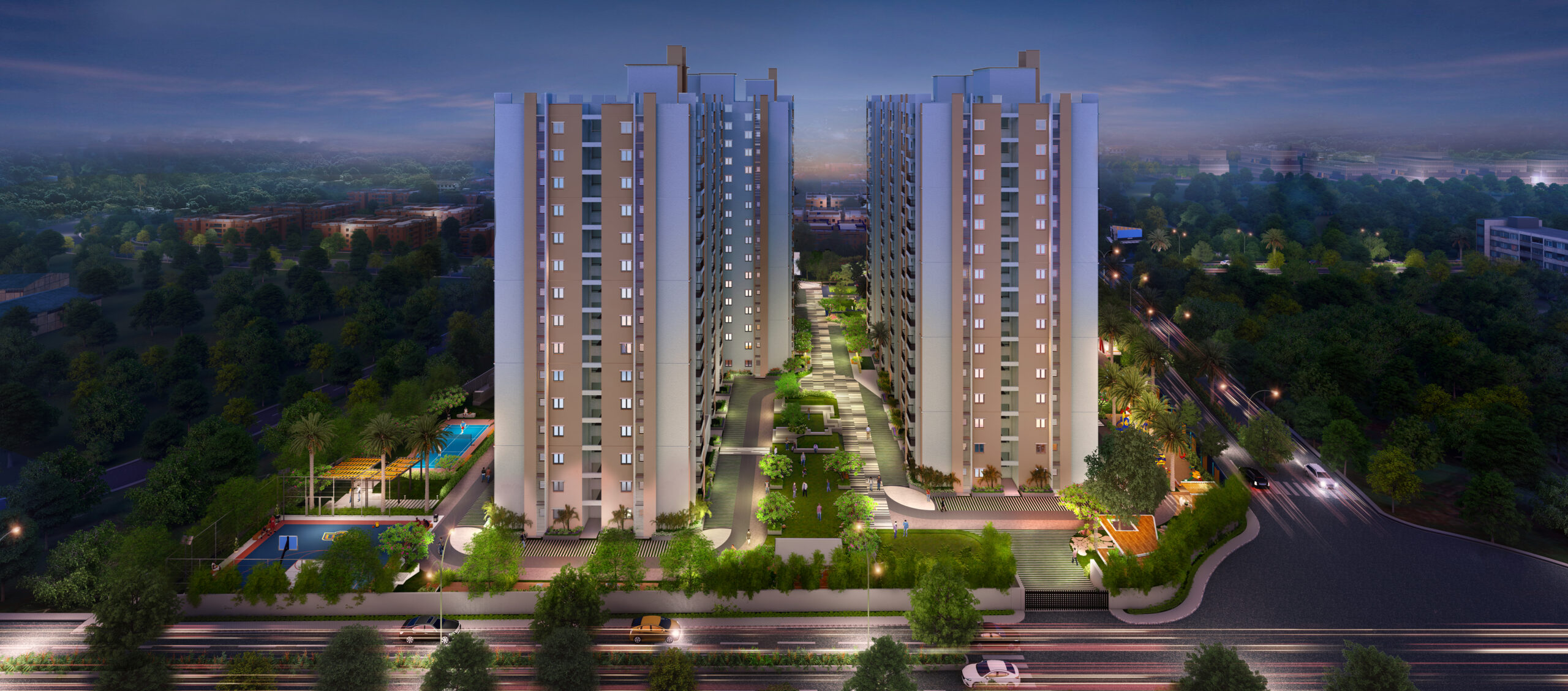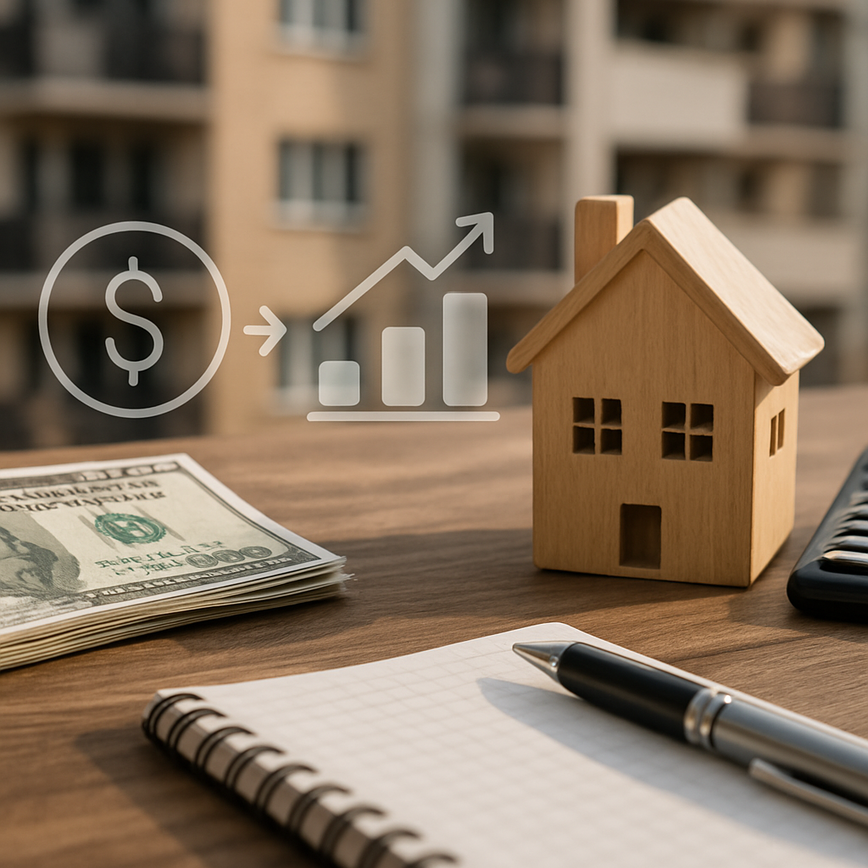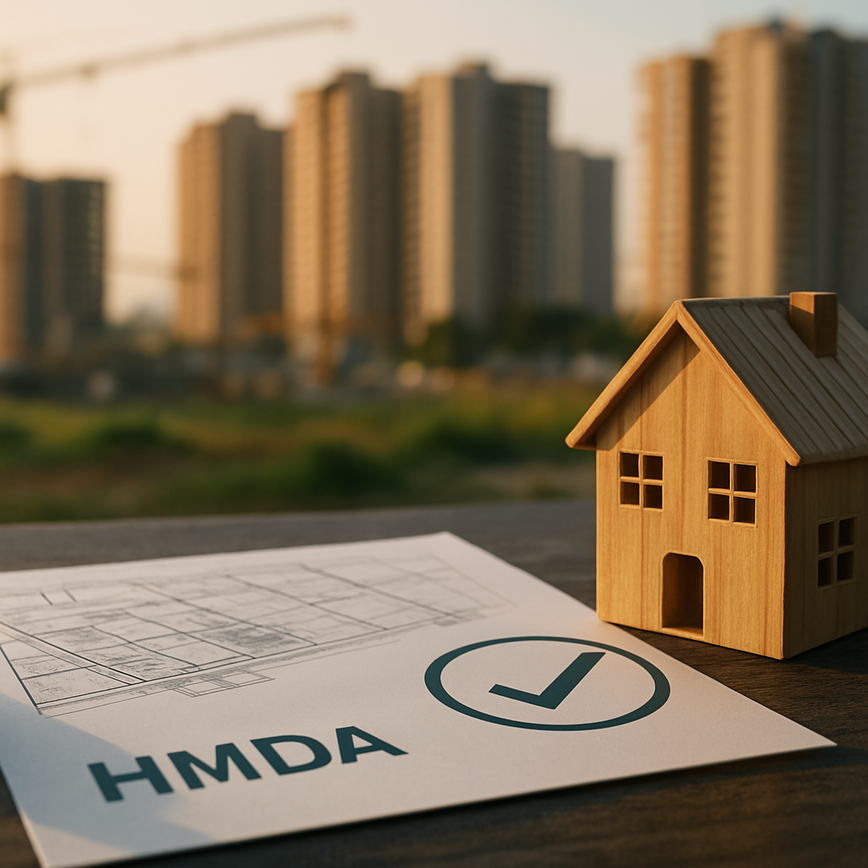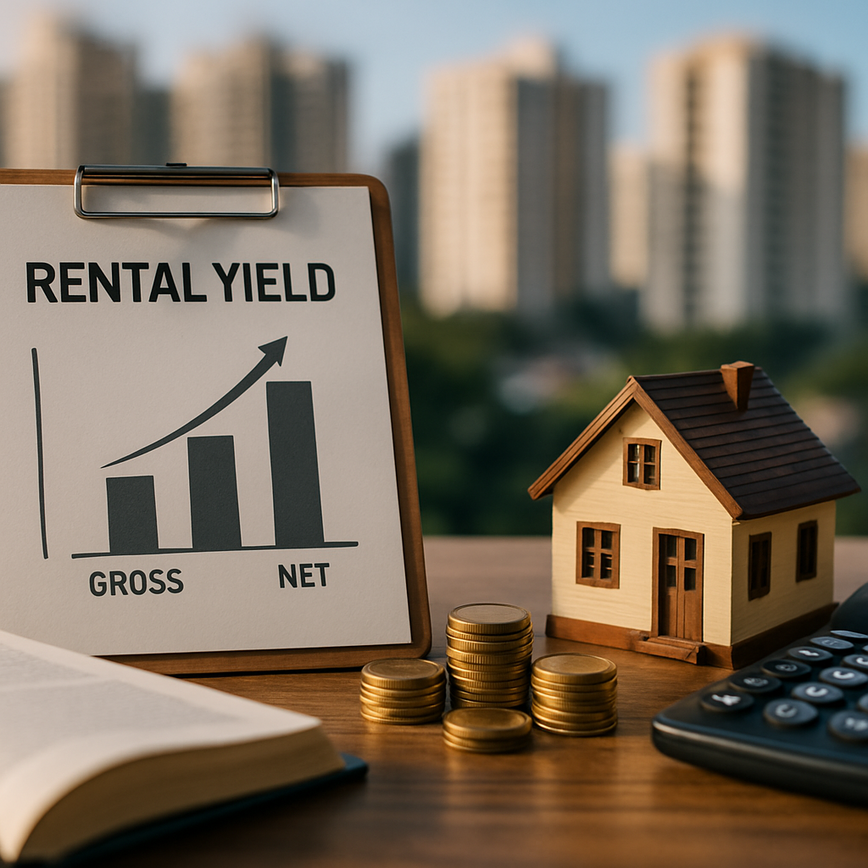Non-Residential Property Loans: How to Buy Bigger Homes Easily
- 1 Introduction: The Evolving Landscape of Homeownership
- 2 Reasons Behind the Shift: Why Bigger is Better
- 3 Financial Considerations: Navigating Non-Residential Property Loans
- 4 Understanding the Financial Implications: GST and TDS on Residential Property
- 5 Market Insights: Trends in Non-Residential Property for Sale
- 6 Conclusion: Embracing Change in Home Living
- 7 FAQ
Introduction: The Evolving Landscape of Homeownership
Homeownership is changing. It’s bigger now. Families are craving more space, more room for remote work, play areas, you name it. This isn’t just a trend; urban life demands it. Everybody needs a bit of comfort and functionality in their lives, and it’s driving the market.
The Demand for Larger Homes
Did you know? About 60% of homebuyers place a premium on space when they’re house hunting. That’s a big deal! With the rise of remote working, folks want extra rooms for offices and entertainment, and developers are catching on, cranking out bigger, multifunctional homes. Plus, more access to non-residential property loans has paved the way for buyers looking to stretch their budget.
Financial Considerations
Now, let’s talk money. Buying a larger home? You gotta know how to navigate financing. Non-residential property loans come into play here, and they often feel like a lifeline for many. Good rates and terms mean they’re worth considering, especially for families chasing their dream homes.
| Type of Loan | Interest Rate | Term | Best For |
|---|---|---|---|
| Conventional | 3.5% | 15-30 years | Standard purchases |
| FHA Loans | 3.75% | 30 years | First-time buyers |
| Non-Residential | 4.5% | 5-20 years | Investment properties |
Reasons Behind the Shift: Why Bigger is Better
What’s driving everyone to these larger homes? It’s not just a fad. Lifestyle changes, particularly the rise of remote work, have shifted priorities. A whopping 70% of remote workers aspire to flexible workspaces at home according to studies.
Then there’s outdoor space. After those lockdowns, having a garden or a balcony isn’t just nice; it feels necessary. Homes with these perks are actually appreciating faster too, something to keep in mind if investing is in your wheelhouse.
Plus, more families are moving towards multi-generational living. Parents and kids under one roof need space, and who wouldn’t want a bit more independence, right? That’s where those non-residential property loans become really handy.
Lastly, financial incentives are also a big draw. The government’s been tweaking some tax laws lately, including TDS on rental income and GST on property investments, making the whole process a bit smoother for potential buyers.
Thinking about making that leap? It’s worth digging deeper into financing, those non-residential property loan options could just be what you need.
Looking to buy bigger? Non-residential property loans are your best friend in this journey. They help you upgrade your living space. Getting to grips with these loans can save you time and stress.
Types of Non-Residential Property Loans
So, what does the landscape look like? Several types cater to non-residential buyers. Here’s a quick peek:
| Loan Type | Description | Typical Interest Rate |
|---|---|---|
| Conventional Loans | Bank loans based on creditworthiness | 5.5% – 7.5% |
| SBA Loans | Government-backed loans for small businesses | 6% – 9% |
| Construction Loans | Financing specifically for building projects | 4% – 6% |
When you’re ready, it’s smart to understand how commercial real estate loans work.
Tax Implications of Non-Residential Properties
Tax time? Be prepared. It’s crucial to factor in TDS on rent of residential properties and GST on your new digs. These can seriously impact investment returns.
Understanding the Financial Implications: GST and TDS on Residential Property
Upgrading to a larger home? You’re gonna run into some financial responsibilities, chiefly GST and TDS on residential properties.
So, if you get a place valued at ₹50 lakhs and it’s under construction, there goes another ₹6 lakhs added to your cost. Always be one step ahead, especially if the upgrade involves a non-residential property loan.
TDS on Rent of Residential Property
For landlords, there’s TDS. If a rental income surpasses ₹2.4 lakhs annually, you’ve gotta deduct 10% TDS. Make sure you’re in the know; forgetting could cost you!
| Rental Income Threshold | TDS Rate |
|---|---|
| Up to ₹2.4 Lakhs | 0% |
| Above ₹2.4 Lakhs | 10% |
Calculating TDS isn’t just paperwork; it’s crucial. Owners looking to rent should brush up on tax obligations in the article about Taxation on Rental Income.
In closing, knowing the ins and outs of GST on residential properties and TDS on rent puts you in the driver’s seat. It makes your path to larger homes or rental agreements clearer. For more financial strategies related to properties, take a look at this article.
Market Insights: Trends in Non-Residential Property for Sale
The non-residential property market is buzzing! It’s growing and changing, and if you’re looking to invest, now’s the time. Bigger spaces are in demand, especially as businesses rethink layouts post-pandemic. It’s not just about square footage; it’s about adaptability.
Current Market Overview
Check out this snapshot of non-residential property trends:
| Trend | Description | Market Impact |
|---|---|---|
| Increasing Demand | More space needed for operations and logistics. | Investors are biting. |
| Rise in Remote Work | Hybrid work has folks reassessing their space needs. | Flexible leases are hot. |
| Technology Integration | Smart tech is reshaping how spaces work. | Modern properties are in vogue. |
| Sustainability Focus | Eco-friendly designs are now pivotal. | Growth of green buildings. |
| Urban Development | Expanding urban areas make properties more attractive. | Anticipated rise in values. |
GST affects residential property appeal, and tracking TDS on rent is key for sellers to stay compliant.
Opportunities with Non-Residential Property Loans
Investors can leverage non-residential property loans to get their foot in the door. Economic factors have made them more accessible, think competitive rates. By capitalizing on the projected appreciation trends in these properties, you can make some savvy choices. For loan details, check out resources like this overview.
Those keen on expanding their portfolios? Non-residential properties can bring in great rental yields and promise steady appreciation. To get a handle on the buying journey, dive into more insights at this article.
Investing now means reaping benefits from the booming non-residential property market—there’s gold in this ground for those ready to dig in.
Conclusion: Embracing Change in Home Living
Transitioning to a larger home? It could really up your quality of life. Extra space means comfort and privacy, a win-win. As more people pivot this way, getting familiar with financial factors, like non-residential property loans, becomes all the more important.
These loans can propel you into larger homes, heightening your lifestyle while giving you flexibility. Bigger spaces often equate to higher property values, so consider it an investment too. Don’t forget possible tax perks, like TDS on rent or GST on residential properties.
| Aspect | Benefits |
|---|---|
| Increased Space | Comfort for family gatherings and activities |
| Higher Property Value | Potential for appreciation over time |
| Improved Quality of Life | Enhanced living environment and personal space |
| Financial Flexibility | Options for refinancing through a non-residential property loan |
Embracing this change is more than just relocating; it’s about leveling up your living experience. There are tons of properties out there, bigger yards, more rooms, or that home office you’ve always wanted.
For more insights into financing options, check these out:
– Commercial Real Estate Loans Overview
– Steps to Obtain a Commercial Loan
– Current Loan Rates for 2025
For further reading on related stuff, consider these articles:
– Home Loan Resale Property
– Calculating Rental Yields
– Tax on Rental Income
So, moving to a larger home isn’t just a decision; it’s a commitment—to a new way of living. It’s about appreciating the evolving needs of our lives. Your new place? It’s more than a roof over your head; it’s a platform for a fulfilling lifestyle.
FAQ
1. What are the benefits of moving to a larger home?
Moving to a larger home offers more space for family activities, potential for property value appreciation, and improved quality of life with enhanced living conditions.
2. How can I finance a larger home?
You can finance a larger home using various loan options, including non-residential property loans, conventional loans, and government-backed loans, each providing different terms and interest rates.
3. What taxes do I need to consider when purchasing residential property?
When purchasing residential property, consider GST on under-construction homes and TDS on rental income if applicable.
4. How has the market changed in response to remote work?
The market has shifted towards larger, multifunctional spaces that accommodate remote work needs, resulting in increased demand for homes with office areas and outdoor spaces.
5. Are there government incentives for homebuyers?
Yes, the government has introduced various incentives, such as tax rebates and lower GST rates on certain residential properties, to support homebuyers in navigating purchasing decisions.

